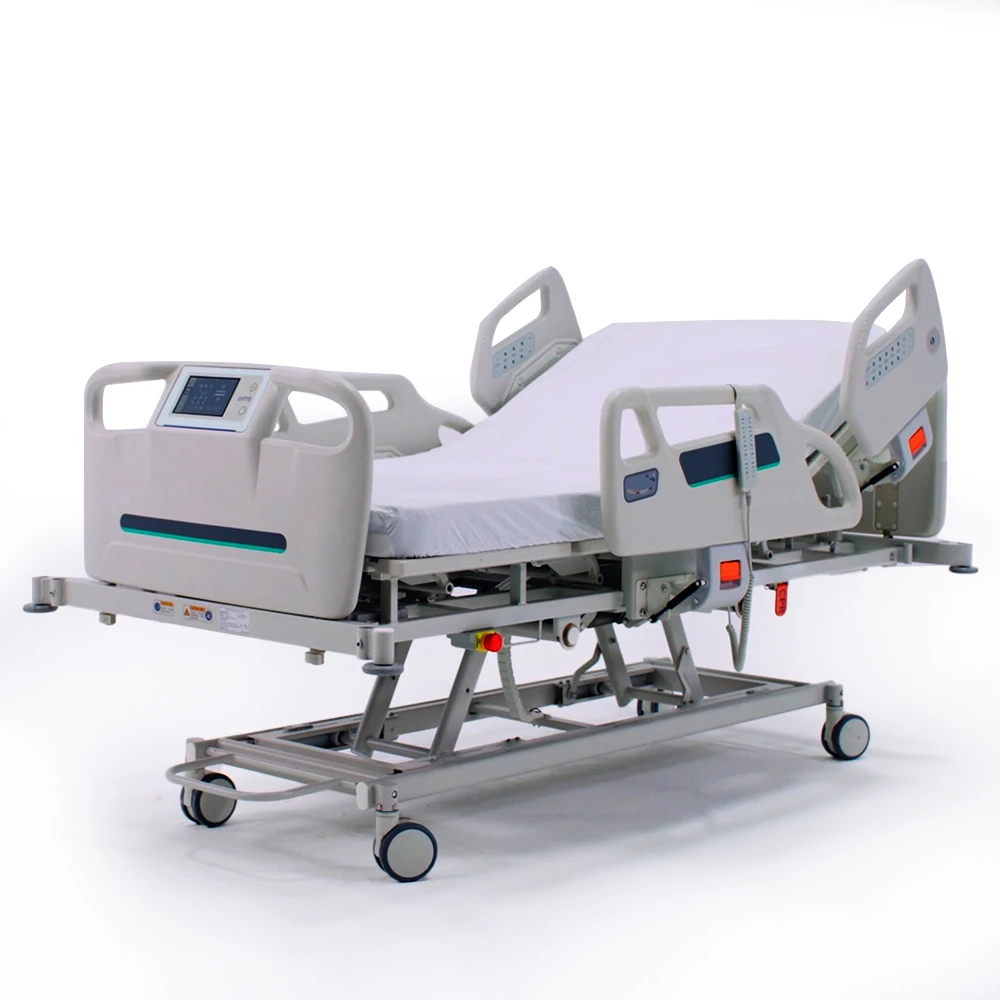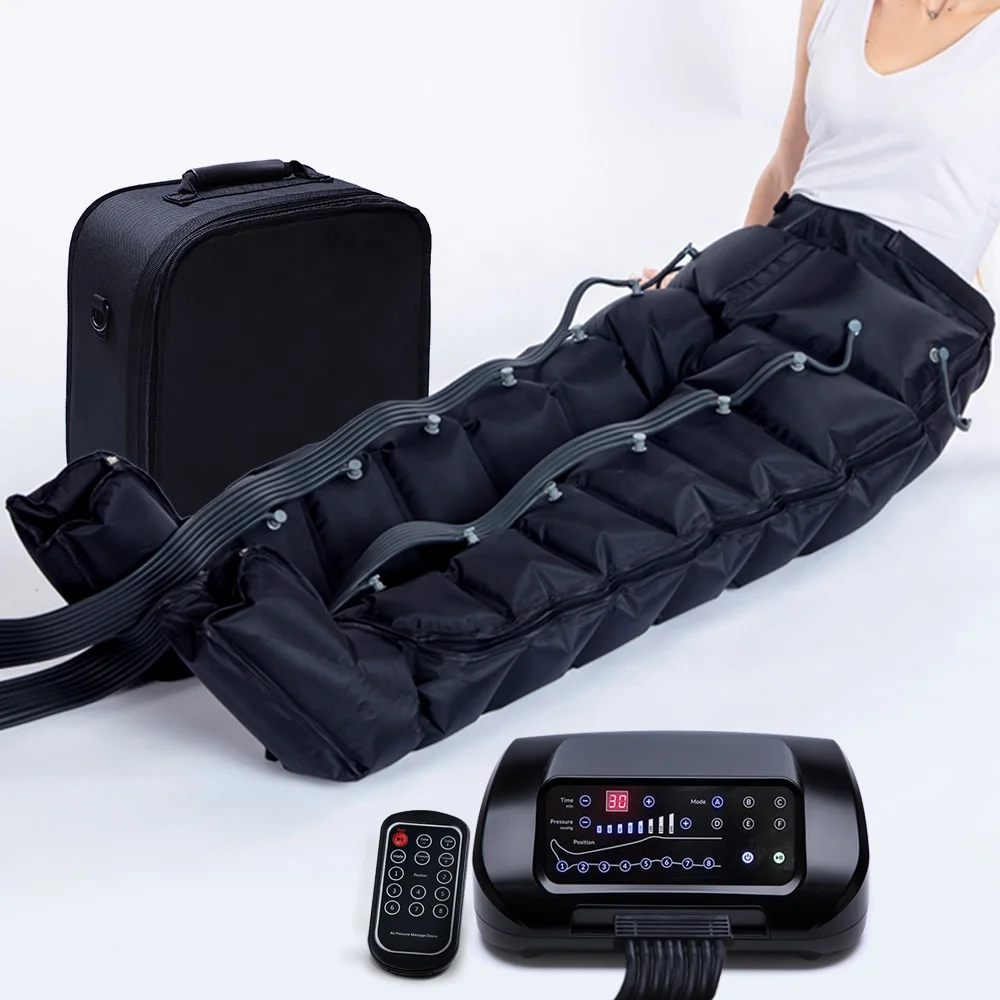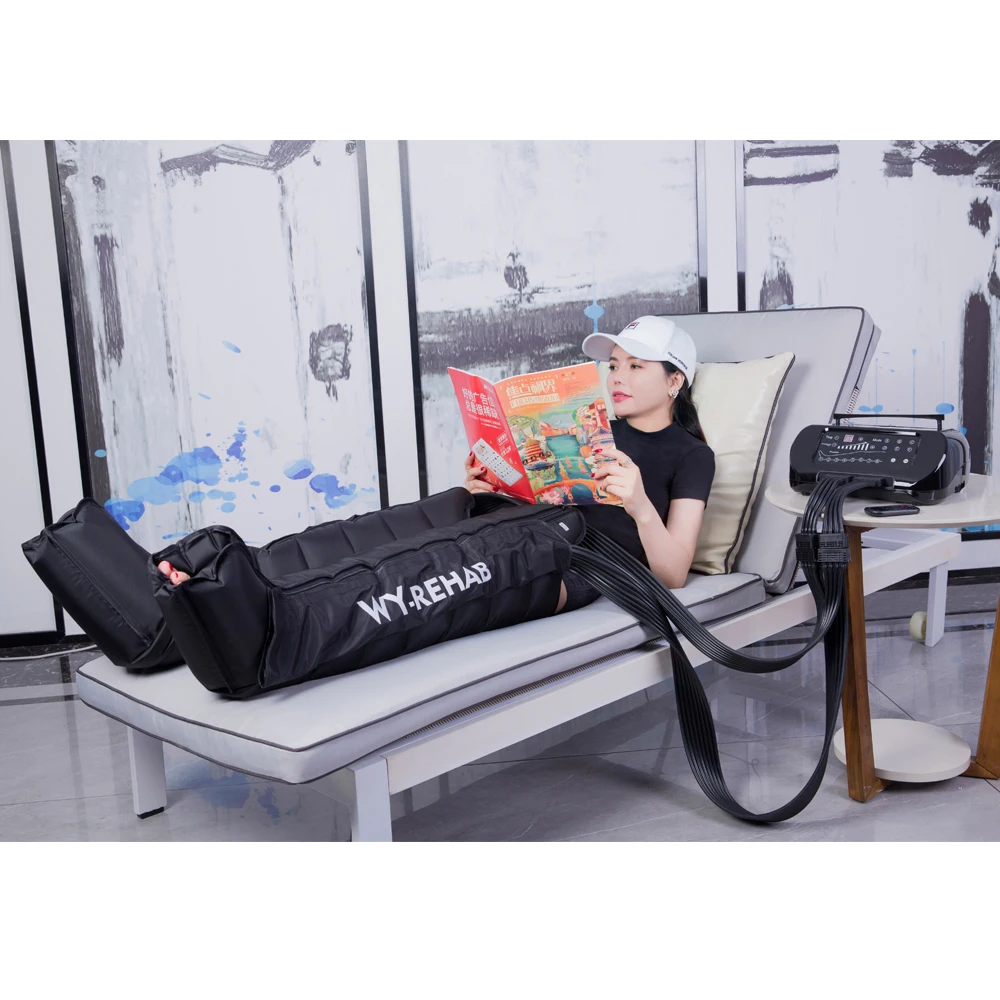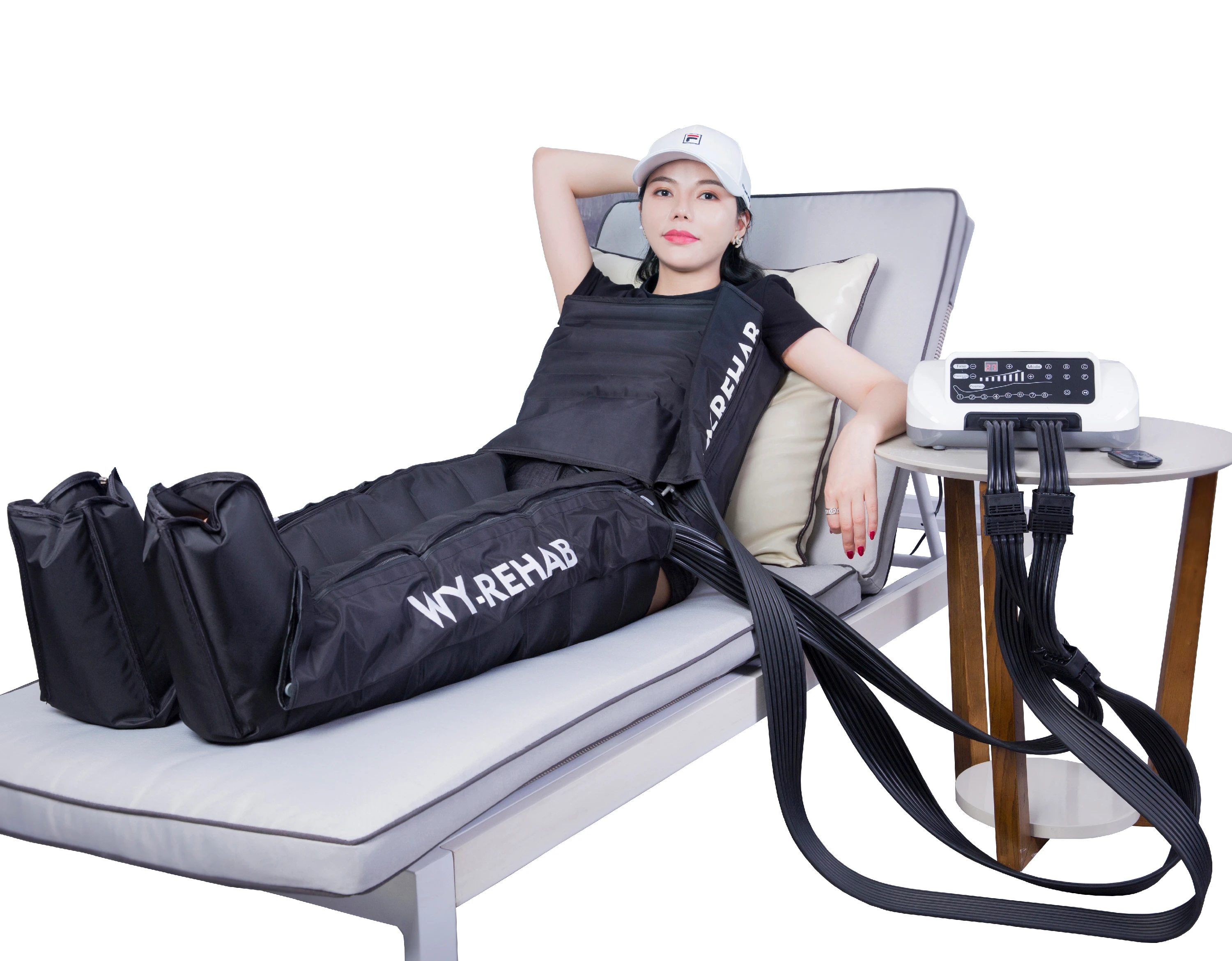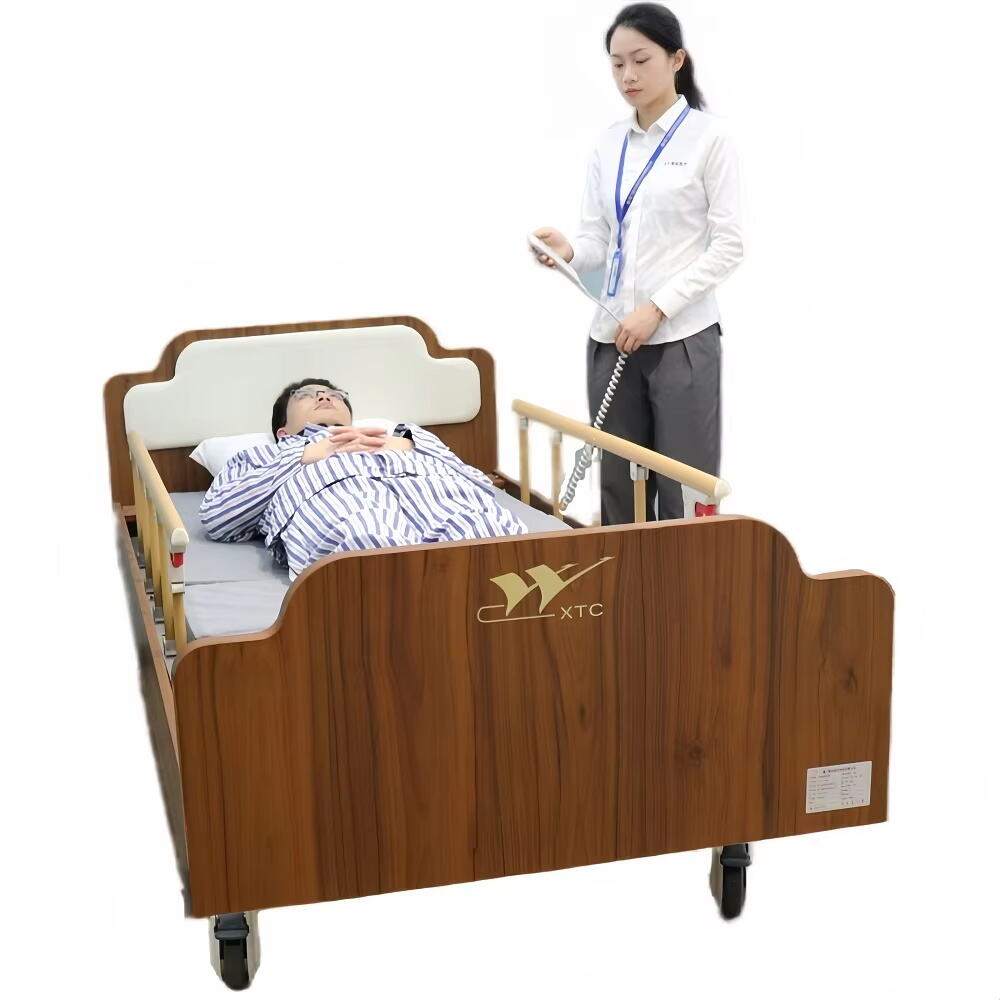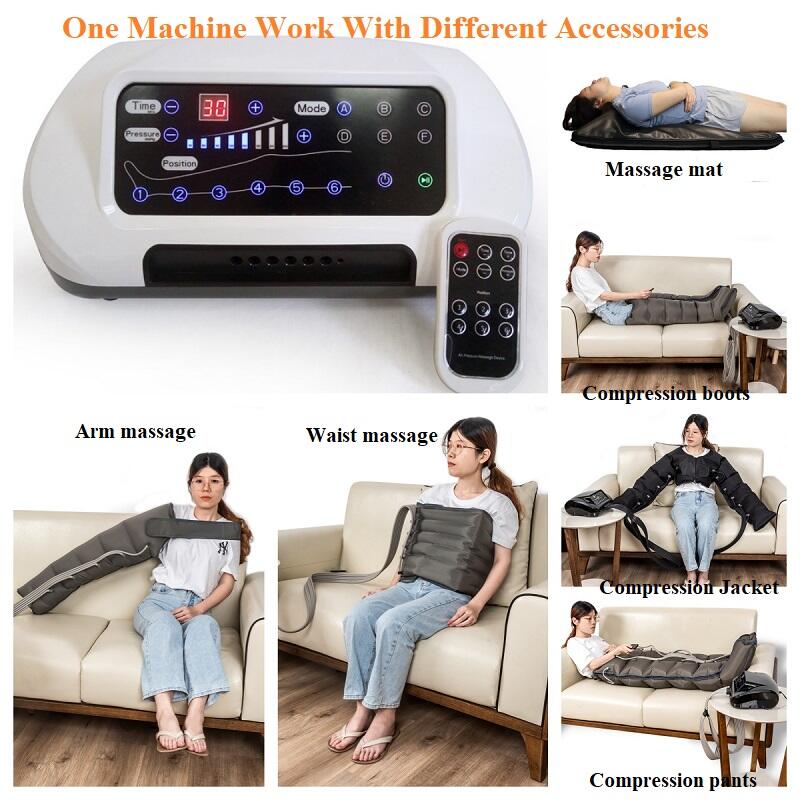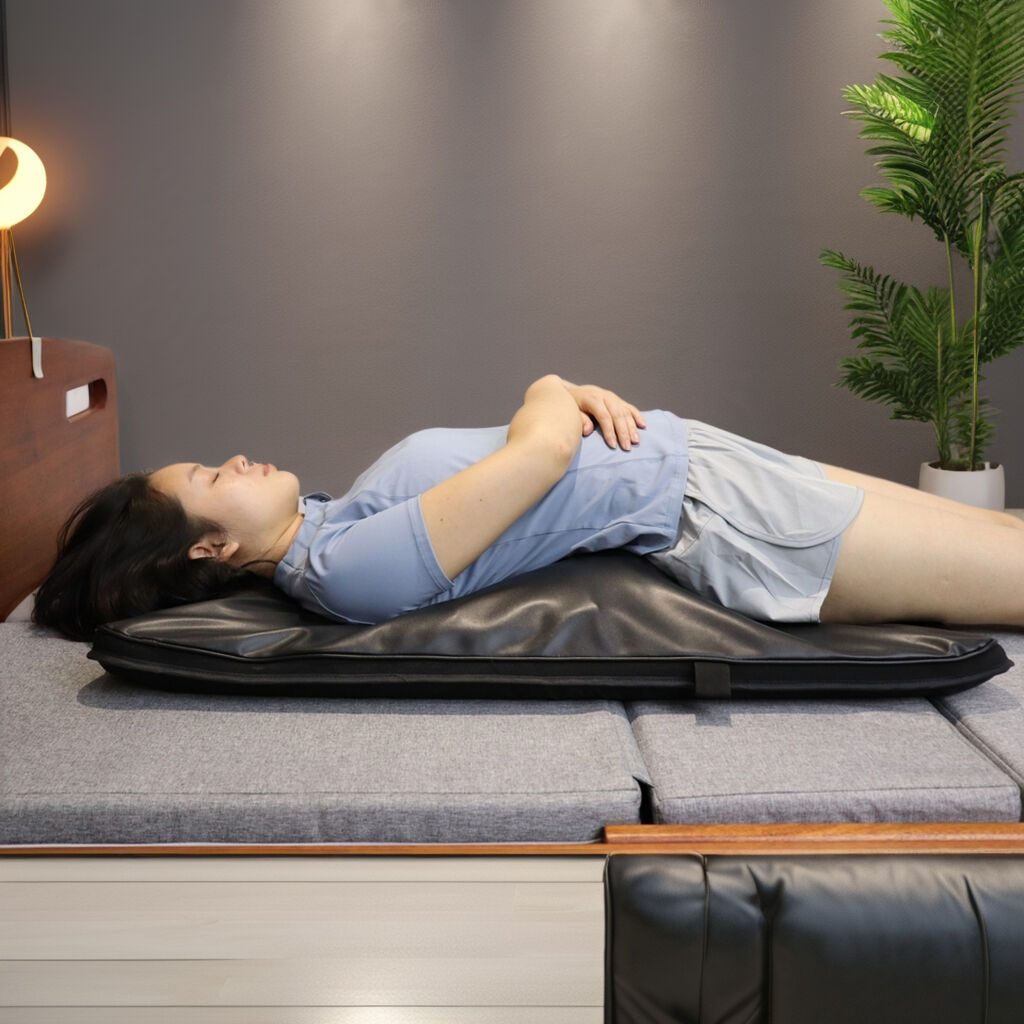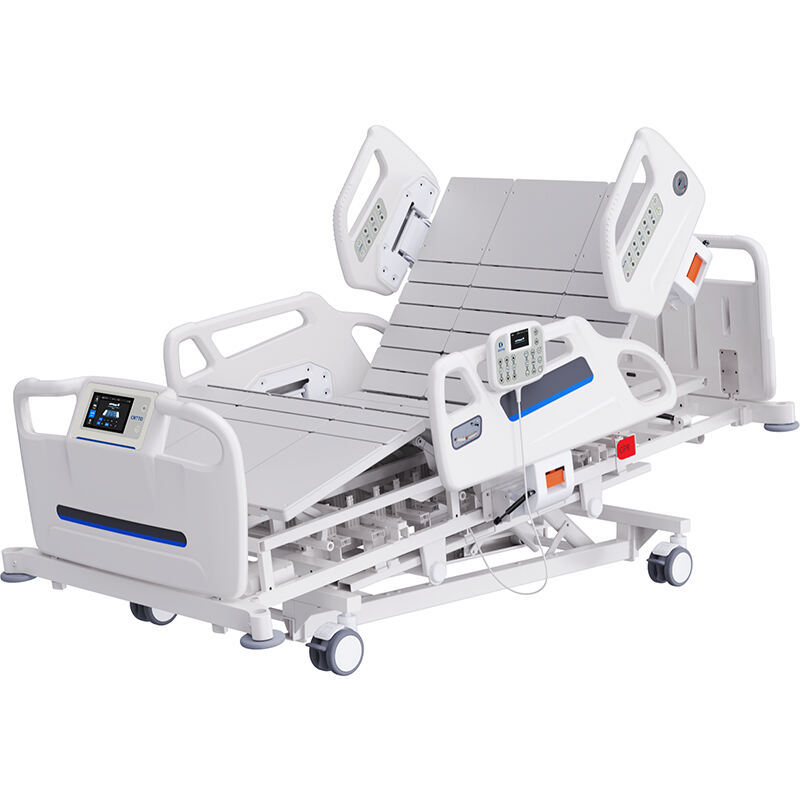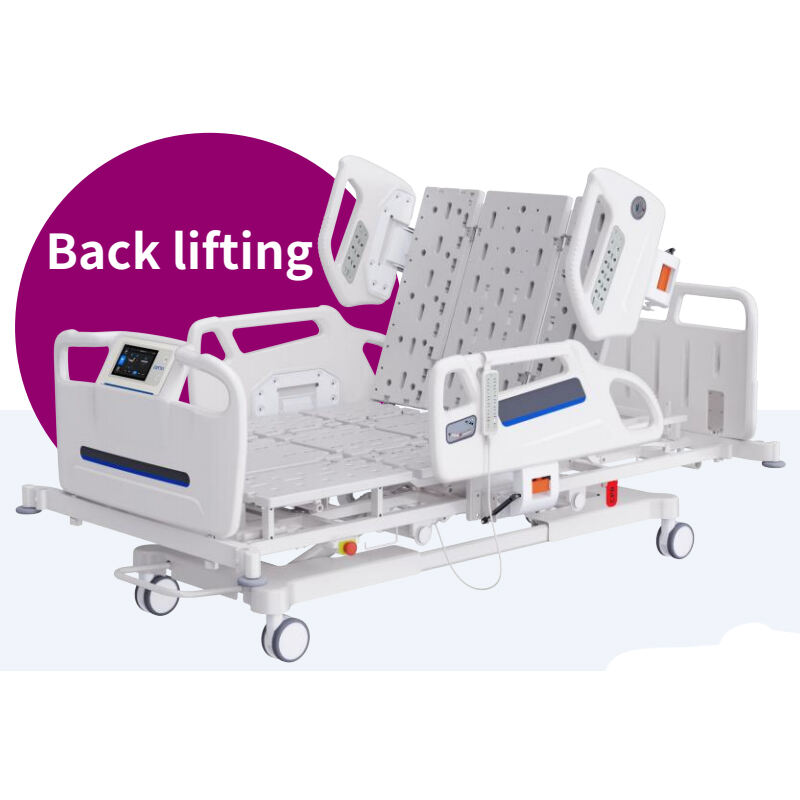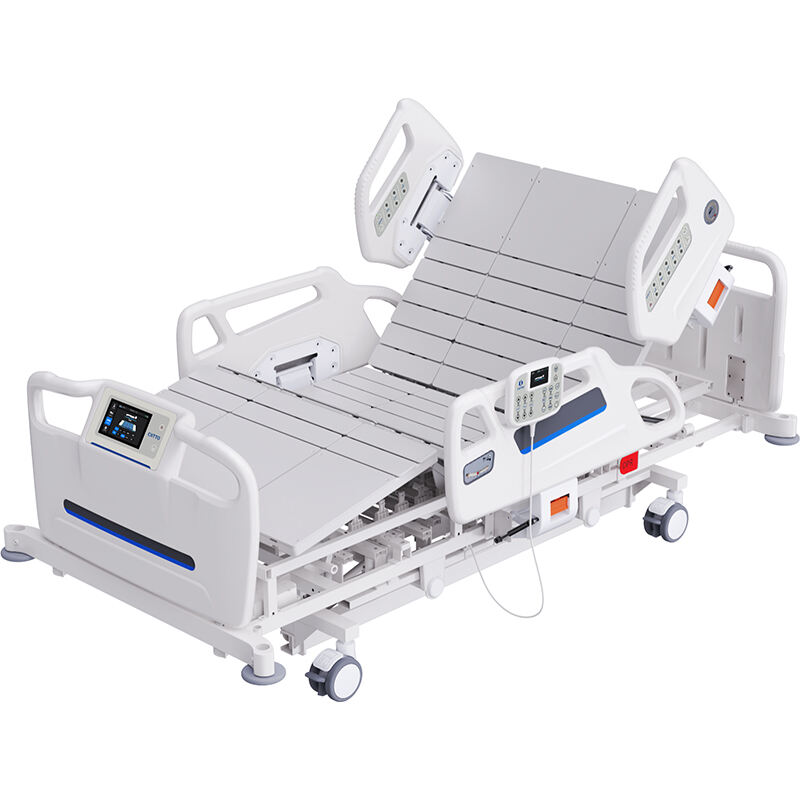manual nursing bed
A manual nursing bed represents an essential piece of medical equipment designed to provide comfort and care for patients while facilitating the work of healthcare providers. These beds feature multiple adjustable sections, typically including head, foot, and height adjustments, all operated through mechanical controls such as hand cranks or hydraulic systems. The bed frame is constructed from durable materials, usually high-grade steel, ensuring longevity and stability. Standard features include side rails for patient safety, wheels with locking mechanisms for mobility and security, and an adjustable backrest that can be positioned from 0 to 70 degrees. The bed surface typically comprises several sections that can be manipulated independently to achieve various positions, including Fowler's position, Trendelenburg, and reverse Trendelenburg. Most models come equipped with IV pole holders, bumpers to protect walls during transport, and corner guards. The mattress platform usually features ventilation holes to promote air circulation and prevent moisture accumulation. These beds are designed to accommodate standard hospital mattresses and can support patients of varying weights, typically up to 250-300 kg. The manual operation system ensures reliability and functionality even during power outages, making these beds particularly valuable in regions with unstable electricity supply or in facilities looking to optimize operational costs.

